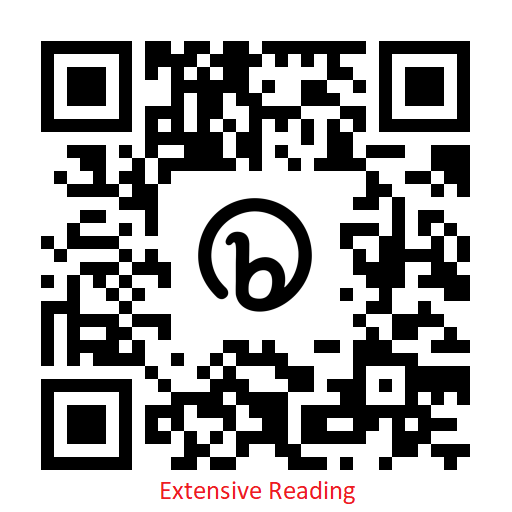I really wanted to take advantage of the fact that I was going to give a presentation at a conference for the first time in a long time to try out some proofs of concept for an idea I got while watching some sessions from TESOL Spain 2023 which were available to watch live online. My original idea was to try to create a live (audio) podcast using Podbean, that was soon superseded by the idea of livestreaming it as a video using Vimeo. That turned out to involve paying for a premium account. So, in the end I opted for the idea of recording my PowerPoint presentation with only audio. But what could I do about the website I wanted to demonstrate? I downloaded ‘web-viewer’, an add-on for PowerPoint, but it didn’t allow me to show the pop-up windows.
In the end I decided to use Vimeo to create a recording of my slides and
my demo of the website by recording my screen and I rehearsed doing it at home
a couple of times.
Not wanting to waste the opportunity I bought a wireless clicker and a pair of wireless mics. The price of two mics was so little more than the price for one I thought it was worth it.
Sadly, on
the day of my talk I didn’t complete all the steps to set up the screen
recording using Vimeo, so at the end of my presentation I discovered that I
hadn’t recorded it. So, my first proof of concept was a failure with the
warning that it takes time and calm to set up screen recording when doing a
live presentation.
The second
‘proof of concept’ was to see if I could share my slides and other documents I
showed with everyone who came to my session, everyone who would have liked to
come but chose a parallel session to go to, anyone in the organisation who
wasn’t able to attend the conference and eventually anyone in the world who was
interested.
I created a folder on my Google drive and shared the folder and its contents read only and created a short link https://bit.ly/42SBkNS and a QR code using Bitly and created a folder with the name of my session. What I wanted to suggest was that presenters could be asked to copy their presentation materials into folders created by the conference organisers even if they were working on them up until the last minute.
In the
folder for my talk, I put: the PowerPoint presentation, the catalogues of
readers grouped by genres of a number of levels, a list of the genres I used
and the ones OUP use, a questionnaire for students about their favourite genres
and a link to Oxford Graded Readers Catalogue 2023, which is what I used to
classify the readers on Oxford Reading Club by genres. The labelling with
genres only applies to Domino and Bookworm readers.
I promised
that I would include a link to the recording of my presentation on YouTube as
well. Unfortunately, as I explained above, this will not be possible. However,
I have a number of dry runs that I recorded to try to judge the timing right (unsuccessfully,
as it turned out!) and I have added a link to the last of these. I also
recorded a number of versions of my PowerPoint presentation and I have created
another video including the slides I decided to eliminate to get the length
down to 45 minutes. I have put a link to this in the folder, too.
My talk on
the day didn’t attract as many people as I had hoped, but at least more that I
had feared! I hope those who came, felt they had benefitted in some way. For my
own part, preparing for and giving the talk was a wonderful learning experience.
I researched more about extensive reading than ever before and learnt a huge
amount, some of which I was able to share. But, in addition, I discovered how PowerPoint
has evolved and now offers coaching (it seems I speak at the right speed – 125
words per minute and say ‘um’ and ‘er’ too often). I also learnt that it was
possible to insert commentaries in the form of audio or video on any slide as
you practise the presentation or afterwards.


No comments:
Post a Comment